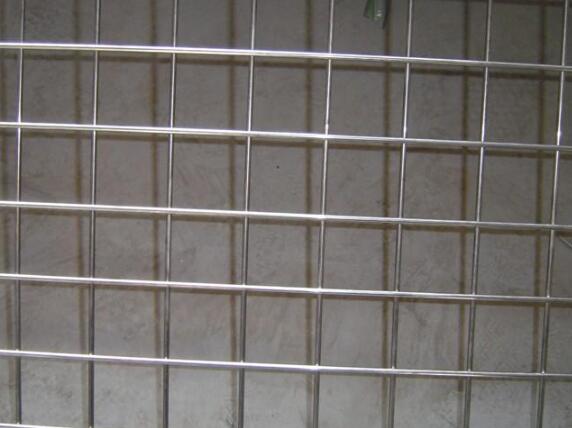Understanding Perforated Metal Sheet Hole Sizes A Comprehensive Guide
Perforated metal sheets are versatile materials widely used across various industries, including construction, automotive, aerospace, and interior design. They consist of a flat sheet of metal with a series of holes punched through them, and the hole sizes and patterns can significantly impact the sheet's utility, aesthetics, and functionality. In this article, we will delve into the different aspects of perforated metal sheets, emphasizing the importance of hole size and its implications for design and application.
1. What is Perforated Metal?
Perforated metal sheets are made from various metals, including aluminum, stainless steel, carbon steel, and copper. The punching process creates a consistent pattern of holes in the sheet, which can vary in diameter, shape, and spacing. This versatility allows engineers and designers to customize materials according to their specific needs, making perforated metal sheets suitable for varied applications, from functional to decorative purposes.
2. Importance of Hole Size
The size of the holes in a perforated metal sheet is a critical factor that influences its performance and suitability for specific applications. Different hole sizes offer distinct advantages, and understanding these can help in selecting the right sheet for the job.
- Aesthetic Appeal In architectural applications, the hole size can significantly impact the visual appeal of a building. Larger holes can create an open and airy feel, while smaller holes may offer a more subtle and intricate appearance.
- Ventilation and Light Transmission In applications where airflow or light is necessary, such as in sound enclosures or decorative screens, the hole size is crucial. Larger holes allow for higher airflow and greater light transmission, making them ideal for ventilation purposes.
- Load-Bearing Capacity The hole size can affect the structural integrity of the metal sheet. A sheet with smaller holes may retain more strength compared to one with larger perforations. Therefore, for applications that require load-bearing capabilities, it is important to choose an appropriate hole size to maintain durability and safety.
perforated metal sheet hole size

- Acoustic Properties In sound insulation applications, the hole size plays a pivotal role in how sound waves penetrate and travel through the material
. Smaller holes can absorb sound, while larger holes may allow sound to pass through, making it essential to choose the correct hole size based on the desired acoustic property.3. Common Hole Sizes and Patterns
Perforated metal sheets come in various standard hole sizes, typically ranging from 1/16 inch (1.6 mm) to 3 inches (76 mm) in diameter. The choice of hole size, however, often depends on the specific requirements of the application. Some common hole patterns include
- Round Holes The most common type of perforation, suitable for a wide range of applications. - Square and Rectangular Holes These provide a different aesthetic and can be more effective in certain applications like filtration. - Slotted Holes Ideal for drainage and in applications where directional airflow is necessary.
4. Selecting the Right Hole Size
When selecting a perforated metal sheet for a project, several factors should be considered
- Purpose of Use Understand the specific requirements for your project—whether it’s for structural support, decorative screen, or ventilation. - Material Type Different metals have different strengths; consider the type of metal and how it interacts with hole size to meet load requirements. - Environmental Conditions Consider the environmental factors, such as exposure to moisture or chemicals, which may dictate the best materials and hole sizes to ensure longevity.
Conclusion
Perforated metal sheets are an essential component in many modern applications, thanks to their adaptability and functionality. Understanding the significance of hole size, along with its impact on aesthetics, functionality, and structural integrity, is vital in making informed decisions. Whether for architectural design, industrial use, or creative projects, choosing the right perforated metal sheet will lead to optimal results and a successful application.

















